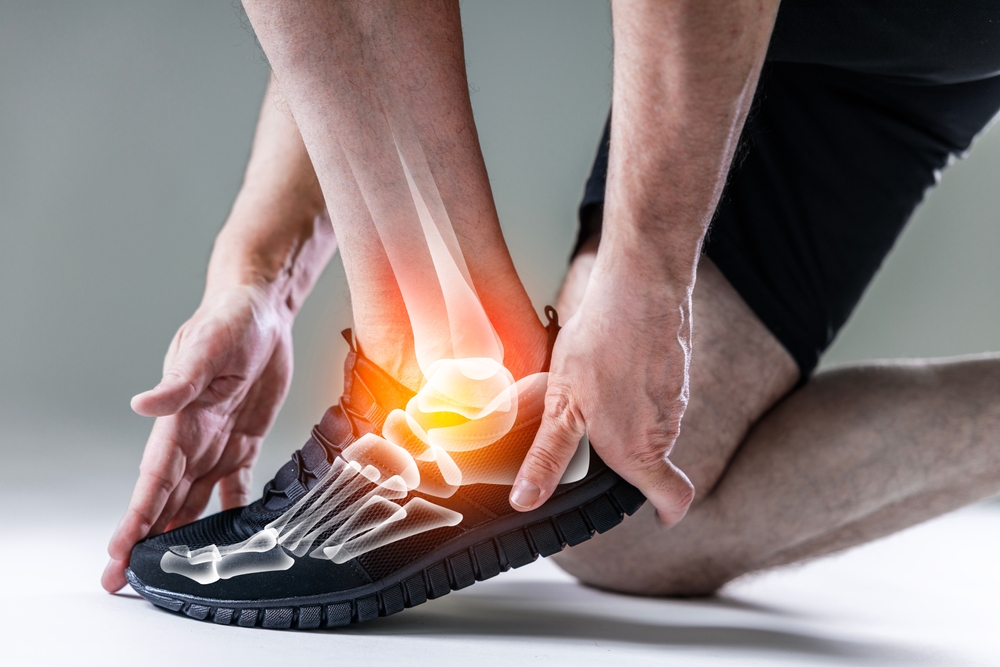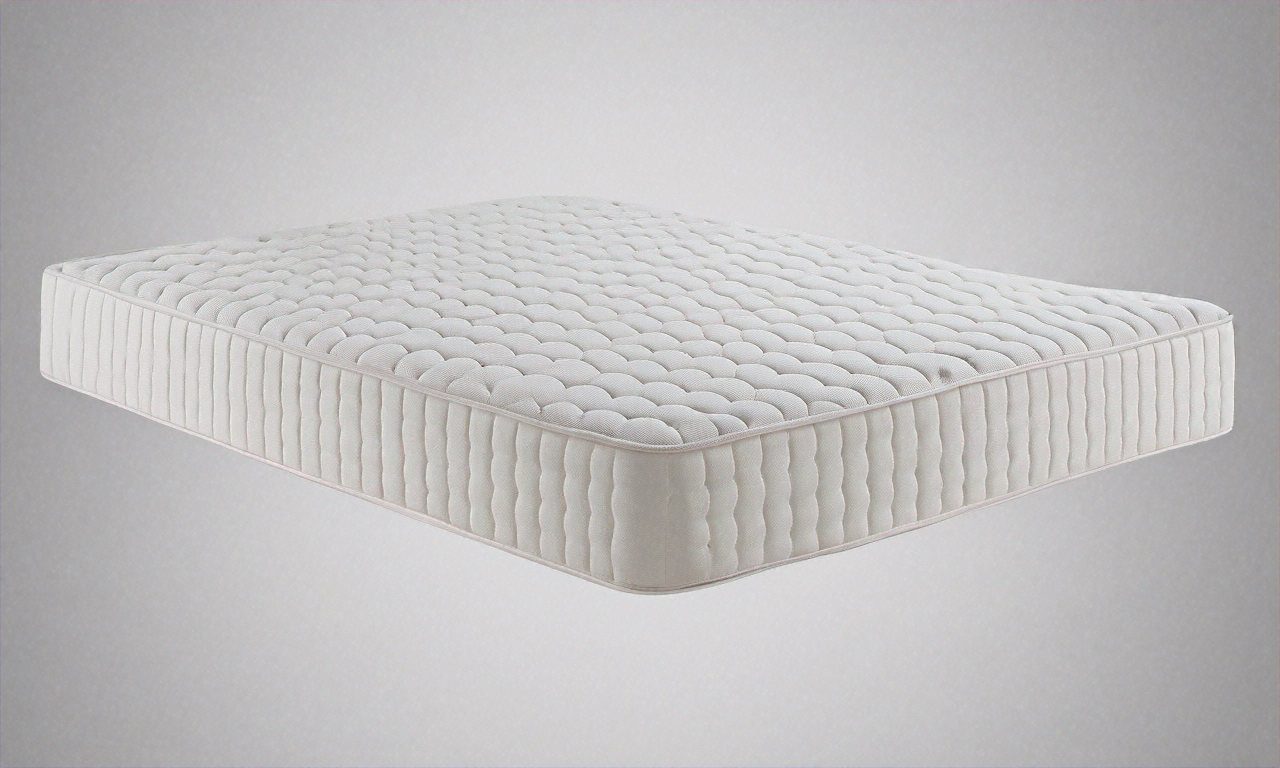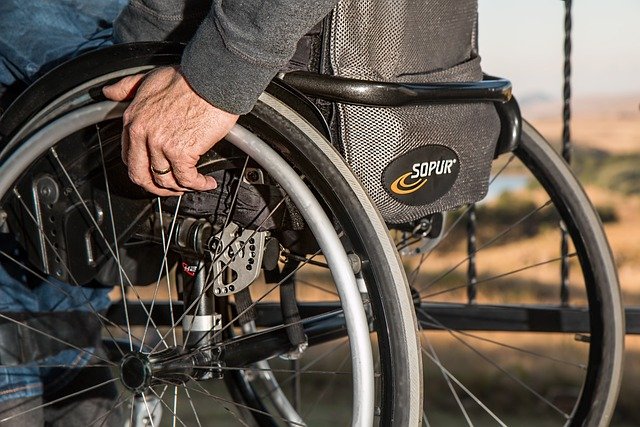Say Goodbye to Morning Foot Pain The Ultimate Plantar Fasciitis Relief Guide
Heel pain slowing you down? Discover the real cause behind plantar fasciitis and how simple lifestyle changes, footwear choices, and breakthrough treatments are helping people walk pain free again. Say goodbye to morning foot pain and take your first confident step toward lasting relief today.

Discover Proven Relief for Plantar Fasciitis
Plantar fasciitis involves irritation of the thick band of tissue that supports the arch, often felt as sharp heel pain with the first steps after sleep or prolonged sitting. Proven relief starts with reducing excessive strain, then gradually rebuilding resilience. Relative rest, not total inactivity, helps calm symptoms. Short walking breaks spread through the day, avoiding sudden spikes in standing or high-impact activity, can reduce flare-ups.
Targeted stretching is a cornerstone. Gentle calf stretches (knee straight and bent) and a plantar fascia stretch—pulling the toes back by hand or with a strap—held 20–30 seconds and repeated several times daily can improve flexibility. Rolling the arch on a chilled water bottle or massage ball for a few minutes may reduce stiffness. Some individuals find short-term benefit with over-the-counter anti-inflammatory medication; discuss safety and suitability with a clinician.
Footwear matters. Supportive shoes with a firm heel counter and slight heel-to-toe drop help unload the fascia. Removable insoles or prefabricated orthotic inserts can provide extra arch support. Night splints that keep the ankle gently dorsiflexed may reduce the first-step pain by preventing the fascia from tightening overnight.
Say Goodbye to Heel Pain Hello to Comfort
A consistent daily routine can make mornings more comfortable. Before getting out of bed, perform a gentle toe extension stretch, then ankle circles and a few slow towel scrunches to wake up the intrinsic foot muscles. Stand only after completing a brief sequence of calf stretches at the bedside. These small steps often lessen that initial jolt of heel pain.
During the day, manage load intelligently. If work involves long periods of standing, alternate tasks, add short seated breaks, and use a cushioned anti-fatigue mat. Choose footwear with supportive midsoles and avoid overly worn shoes. For walking or light exercise, begin with shorter durations and increase time or distance gradually—about 5–10% per week—to prevent re-irritation.
Taping techniques can temporarily support the arch, easing symptoms during activity. Many people learn a low-dye or similar taping method from a licensed clinician and then apply it as needed for busy days. If taping helps, a more durable solution such as an insert or different shoe style may provide similar support with less hassle.
Heal Heel Pain and Walk with Confidence Again
Long-term improvement relies on strength and mobility. Calf raises—both straight-knee and bent-knee—build strength in the gastrocnemius and soleus, which helps the plantar fascia manage load. Start with body weight on two legs, progress to one-leg raises as tolerated, and aim for controlled reps. Add exercises for the foot’s intrinsic muscles, such as short foot (arch lifts), towel curls with slow control, and toe yoga (isolating big toe and lesser toes).
Balance and hip strength also influence foot mechanics. Incorporate single-leg balance drills and hip abductor work (e.g., side-lying leg lifts or banded walks). These help align the limb during walking and running, reducing stress at the heel. Consistency is key: brief sessions performed most days often outperform sporadic, intense efforts.
When symptoms persist beyond several weeks despite diligent home care, a professional assessment can refine the plan. A physical therapist can tailor loading progressions and manual therapy. A podiatrist may advise on devices such as custom orthoses, night splints, or, in specific scenarios, consider image-guided corticosteroid injections. Extracorporeal shockwave therapy is another option some clinics offer for stubborn cases. Surgery is rarely needed and is typically reserved for prolonged, severe cases after conservative treatments have been thoroughly attempted.
Practical tips in your area
Finding support close to home can improve follow-through. Search for licensed physical therapists, sports medicine clinics, or podiatrists offering local services in your area. Ask about experience with foot and ankle conditions, appointment availability, and whether they provide exercise instruction you can continue independently. If possible, bring your most-worn shoes to the visit so the clinician can assess wear patterns and support.
Community resources can help as well. Some gyms and community centers host mobility or low-impact strength classes that reinforce good movement habits. When trying new activities like pickleball or power walking, ease in with lower volumes and monitor how the heel feels the next morning; adjust intensity accordingly.
Footwear and insert guidance
Not all supportive shoes feel the same. Look for a stable heel counter, midfoot support, and enough cushioning to dampen impact without feeling mushy. If an insert is used, ensure it fits the shoe without crowding the toes. Prefabricated orthotic inserts can be a practical starting point; if they consistently reduce symptoms, a clinician can help decide whether a custom device is warranted.
Rotate shoes through the week so midsoles can rebound between uses. Replace athletic shoes when tread is worn or the midsole feels compressed; many pairs last roughly 300–500 miles of walking or running, though mileage varies with body mass, gait, and surface. For home use, consider supportive house shoes or sandals rather than going barefoot on hard floors.
Progress tracking and expectations
Recovery is rarely linear. Many people notice good days followed by occasional setbacks. Track morning pain on a simple 0–10 scale, note daily activity, and record which stretches or exercises are performed. This helps identify patterns—such as which workloads or shoe choices coincide with flares—and guides adjustments.
Improvements often appear within weeks when load management, stretching, and strengthening are applied consistently, though timelines vary. If pain escalates, spreads, or is accompanied by numbness, swelling, or redness, a medical evaluation is important to rule out other conditions. Personalized guidance from a qualified professional can clarify the diagnosis and further refine treatment.
This article is for informational purposes only and should not be considered medical advice. Please consult a qualified healthcare professional for personalized guidance and treatment.




